2020 SEO Trends – The 10 most important factors
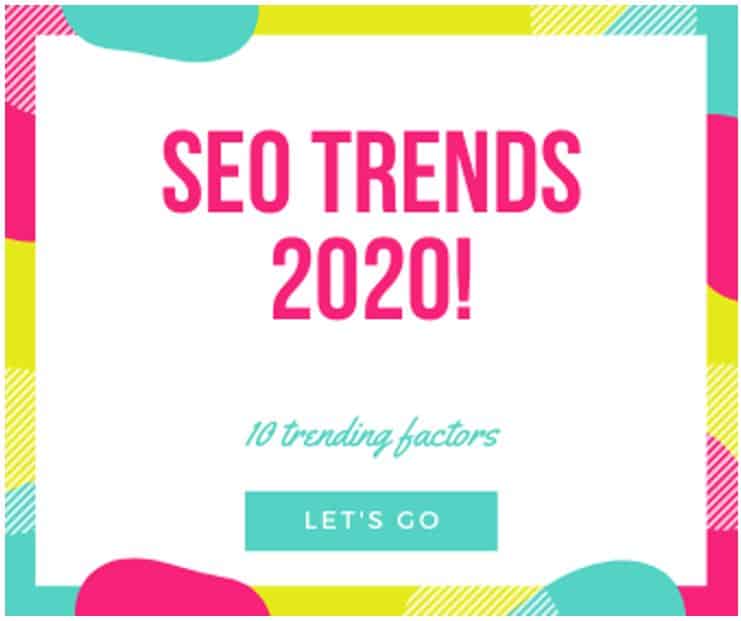
The document will give you an overview of 2020 SEO trends.
We are summarising the list of 10 best tips trending in 2020.
Although these are predictions based on SEO trends of 2020, you can consider them as guidelines and keep the checklist handy for your SEO.
2020 SEO Trend #10:
Clean code & minimum scripting

Writing clean code is like building a solid structure, likewise for a high-quality website, starting with robust coding techniques using languages like python.
We use a box standard platform like WordPress, install and tailor a trendy theme without noticing the impact with search engines.
The basic idea is to come up with a trendy presentation of your digital asset in front of your audience and at the same time keeping it search-friendly.
The balance is primary before putting up any SEO technique.
However, it depends upon the scope and level of your project, the content management system you are selecting.
Always check the rendering speed of your favourite WordPress theme using Google page speed insights see the gaps and ways to optimise later.
Avoid drag and drop online builders like Wix. However, you can explore offline options based on Bootstrap
We are explaining in detail the Website Design Process, how and where to start, with or without SEO, template-based or bespoke web design, how to find USP’s, page construction details, call to actions and much more.
Website Design Cost
We have developed a website design cost calculator where you can design your package of website design and order online.
2020 SEO Trend #9:
Earn more visibility

Google provides every opportunity to be more visible using map pack, rich snippets, and people also ask questionnaire.
Focus on structured data to win rich snippets.
The zero-click search methodology of Google makes the search even smarter.
Likewise optimising not only for a map pack result but also map pack organic results will open doors for higher visibility criteria which means more traffic and thus increase conversions.
Achieving these results beyond the blue links signifies authority, not only search engines, visitors will start recognising you, which shows a level of trust.
Organic SEO provides the basis for all such higher achievements.
Google guidelines are clear; it’s how you implement and use those does matter, and be it videos, images, news, maps, shopping.
Google wants to make it easier than ever for you, and zero-click search is an open opportunity for those who want to grab and make the most of it.
Consider a website redesign if your digital assets are not performing or request an Audit of your online presence.
2020 SEO Trend #8:
Brand Authority & Backlinks

Backlinks form the basis of power and trust, and it is easy for Google to segregate high and low-quality links, paid and organic links, contextual and sourced link.
We can earn the brand authority and trust, when people start recognising the brand is authority, when they talk about it is trust and the moment they recommend is the value which flows like water.
The organic value of a brand is directly related to the trust and authority it possesses.
The World Wide Web is an extremely complex structure of information and growing bigger each passing hour, and Google exactly knows how to decipher and makes it easy for those wishing to crawl to find relevant material.
Thanks to the intelligent search and continuous efforts of Google.
Blue Links forms the World Wide Web, and it is only through these links that search engines easily crawl, without them the crawling is not possible.
Now one can imagine the role and relevancy backlinks plays, which is dominant and crucial in determining the value which brands resonate.
Earning Backlinks
Organically earning backlinks is a part of Search Engine Marketing process. SEM Package reveals significant heads of the SEM process.
90% of marketers say SEM is successful, and the returns are rewarding over a while.
2020 SEO Trend #7:
Optimise for things, not strings

Optimise for people; real-world optimisation techniques keeps its domination.
A review earned is more valuable as it is related to the real world and helps people make decisions.
Likewise, local search patterns play a vital role in determining the presence of any local business, which connects them to the real world.
Hence Local SEO is crucial for any business.
Google is already tracking real-world visits and using quality visits as ranking signals.
Entity based optimisation through which you can make a difference in people’s lives, no matter an informative article, an explainer video, a detailed guide or breaking news information.
Anything helps to connect people, helps them make informed decisions are all valuable assets of a business, and passes quality ranking signals.
When we start optimising for the real world, recognition comes from the people in the form of authority and trust, which resonates back with strong signals.
Real-world optimisation will keep its domination for 2020 SEO trends.
2020 SEO Trend #6:
Mobile-first indexing

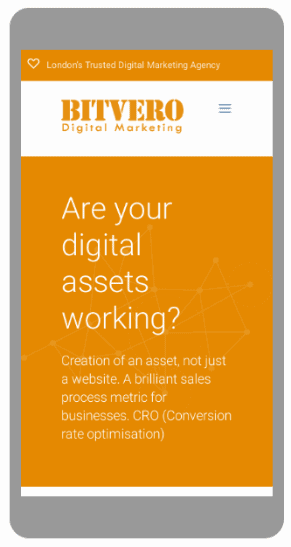
Mobile searches surpass the searches happening on desktops; Google is crawling the web using Googlebot Smartphone technology.
And the trend is flowing towards mobile technology, which means to create and optimise your digital assets for mobile-first and then make them compatible with desktops.
And if you are keeping a separate mobile site or the website is not optimised for mobile, you need to act fast.
Mobile optimisation is a part of a full Search Engine Optimisation Process.
As per John Muller, Google says to keep a single version for mobile and desktop. SEO guide explains in details.
In 2018 mobile searches exceed desktop searches, in the US alone a total of 900 billion searches and out of which mobile searches share more than 500 billion and see the chart below.
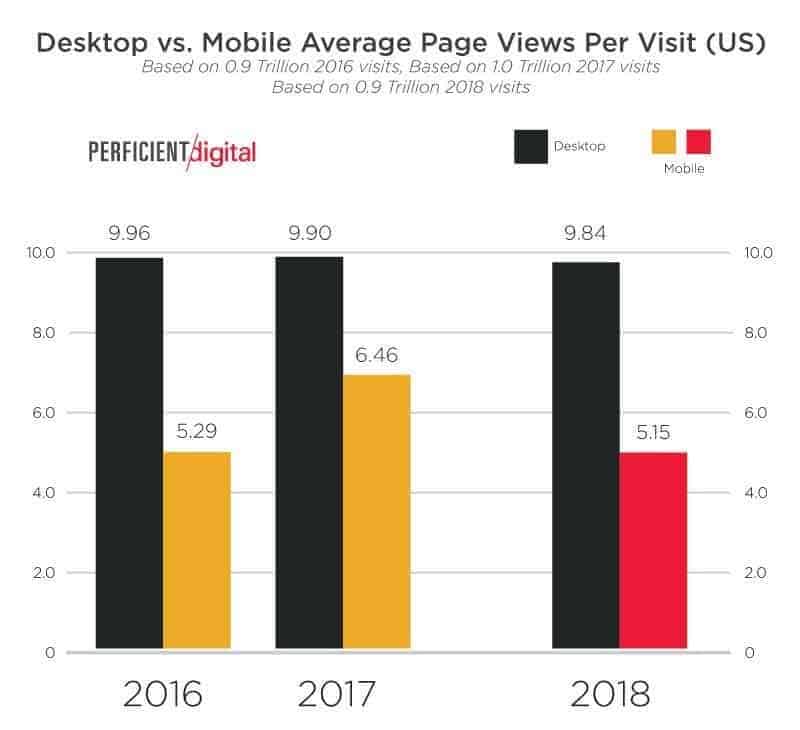
For details check our blog post related to the Redesign of a website
How SEM’s design SEO Packages and the critical elements involved is crucial for you to understand.
2020 SEO Trend #5:
Semantic web & Structured Data
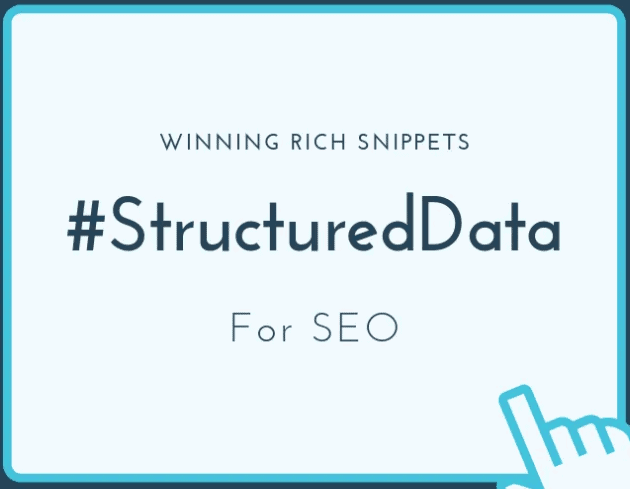
Search engines are smarter after AI & ML, (Artificial Intelligence & Machine Learning),
Google is making every effort to enhance search technology and continually upgrading ranking algorithms, panda, penguin, and hummingbird, Rank Brain, BERT related to the search and intent.
And the technology which forms the basis of search is the semantic web, a cumulative effort of Google, Yahoo, Yandex, Bing.
Semantic web was since early days, it has got its power unleashed after AI, and they now know the intent of your search and much more beyond.
The good part is they are helping machines to learn the technology; however, the bad one is Google is doing for the military!
Computers understand the set of instruction in the form of codes written in programming languages, and that’s all?
So how come the search understands the intent?
The technology upgrade couldn’t have been possible without semantic web,
Semantic is the study of words, symbols & phrases. E.g. London Bridge; we all know is an iconic structure in central London, and the terms relate to an icon. Likewise, the Alps Mountains is one of nature’s symbol; Amazon is a jungle and nature’s symbol.
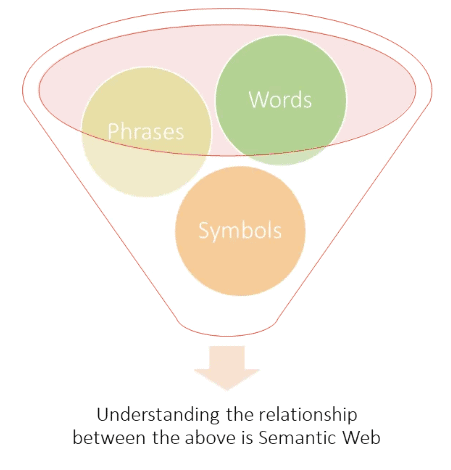
Although how computers know everything about London Bridge?
And yes that’s possible only through structured data, search refers to the dictionary and markup, which keeps every detail related to the humanmade icon, exact location, history, importance etc.
Structured data is the markup for machines to understand the human language, which includes vocabulary & Grammar as well.

However, after we implement structured data, web exactly knows London Bridge is:
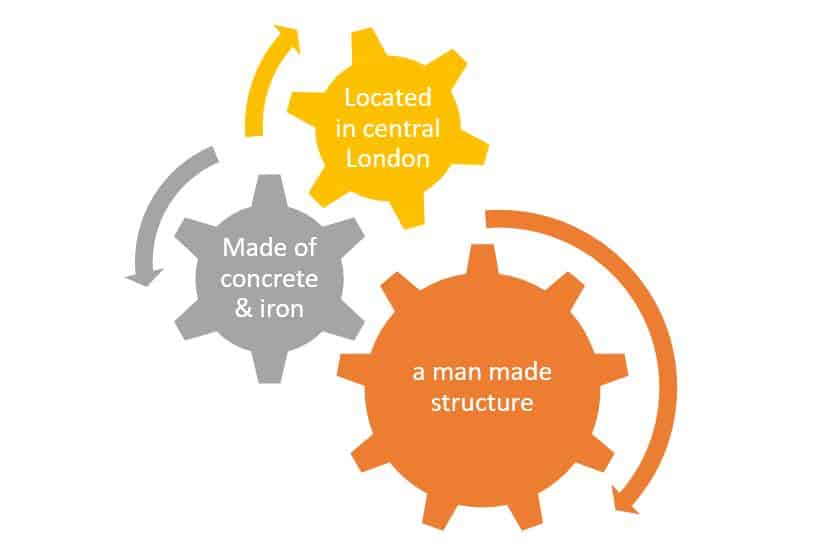
As the SEO Guide explains,
Structured data is the mark-up to help machines understands the meaning of a given language; it’s divided into two parts.
And typically we call structured data as the vocabulary with the specific and established ruleset.
2020 SEO Trend #4:
Website speed & UX
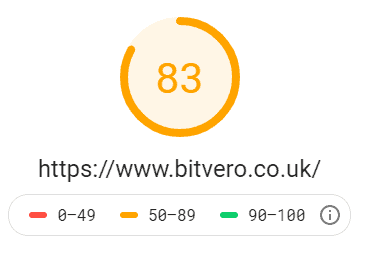
User experience is always the priority for Google, and the speed of your digital asset is one of the primary element.
In July 2018, Google announced page speed is one of the ranking signals for mobile searches, which exceeds desktop searches.
People keep less patience while browsing in mobile and they expect faster results.
Performance of your website does matter in both desktops and mobile and is one of the ranking signals.
The bounce rate of a website and it’s average Session duration is both well connected with UX and speed.
The speed update by Google in mobile searches effects the pages delivering the slowest experience.
You can use the speed tools Google provides to check the performance of your digital assets.
We have discussed both the tools in-depth in our article ‘Website Redesign & Why.’
2020 SEO Trend #3:
Reputation Management & Authority

2020 SEO trends will witness the flow of authority with the overall reputation of anyone involved directly or indirectly with your digital asset.
E-A-T (Expertise Authoritativeness Trustworthiness) will play a considerable role in rankings, especially with YMYL sites (Your Money Your Life).
Google will consider the reputation of the author contributing to your digital asset before establishing the overall authority of your page.
Schema & structured data plays a vital role and is a part of an active SEO campaign in 2020; Google is introducing new structured data frequently and encourages using the same within your webpages.
Google is giving signals and continuously upgrading the relationship management in a given digital asset, Content-Authority-Reputation-Avg. session-Bounce rate-Social shares, each with strict guidelines and zero tolerance for manipulation.
Online reputation management is a crucial aspect of your business.
2020 SEO Trend #2:
Content is king – Quality wins

Be it voice, oral, written or video content, Google is strongly focussing on content users are consuming from different platforms. Although a long way to go in segregating excellent and lousy content.
Search is growing with millions of new queries each day, and more than 60% are long-tail search queries, which signifies the changing trend as and when people are relying more and more on the search to find answers.
The trust and inclination is the result of high relevancy results, with which Google will never compromise.
According to MOZ
Google has been pushing search results into the realm of natural conversation, and a huge component of its strategy has been categorised under the umbrella of semantic search and, subsequently, machine learning algorithms (think: RankBrain)
We have already explained the concept of semantic search in our article ‘Tools to write SEO Friendly Content’
Google realised much earlier how search trend is changing and will continue to change in future with long-tail search queries.
And after the semantic search, Google Rank Brain understands the way we communicate and make a logical connection with each other.
Google foresighted much earlier the importance of people’s behaviour in search trends.
Content delivery is the key to unlock all the answers, irrespective which platform we are using.
Coherent and meaningful Content strategy and marketing techniques will drive engagement and influence people’s life.
And will undoubtedly remain in the top list of trending factors in 2020 SEO trends.
2020 SEO Trend #1:
BERT – Search is smarter than ever
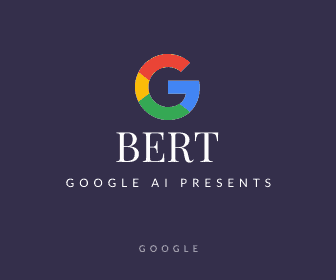
BERT is Bidirectional Encoder Representation from Transformers, a neural network-based technique for Natural Language Processing (NLP).
BERT is open-source.
Google started working on BERT since 2017 and applied to search in Oct 2019 for the English language, including featured snippets.
With BERT, the search can now decipher the relation of other words in a given sentence, instead of understanding sequentially one after another.
BERT models can understand the full context of a word by considering other words coming before and after it.
It works bi-directionally and though helpful in knowing the intent behind the search.
Google is using BERT on TPU’s to serve search results, as the model is complex and beyond the capabilities of traditional hardware CPU’s.
BERT Applied to Search
When applied to search and featured snippets in US English, Google says;
BERT will help Search better understand one in 10 searches in the U.S. in English, and we’ll bring this to more languages and locales over time.
The BERT model is particularly helpful in long conversational search queries to understand the sentence as a whole and the intent behind the search.
Where prepositions like ‘for’ and ‘to’ matters a lot to the overall meaning of the sentence and the intent.
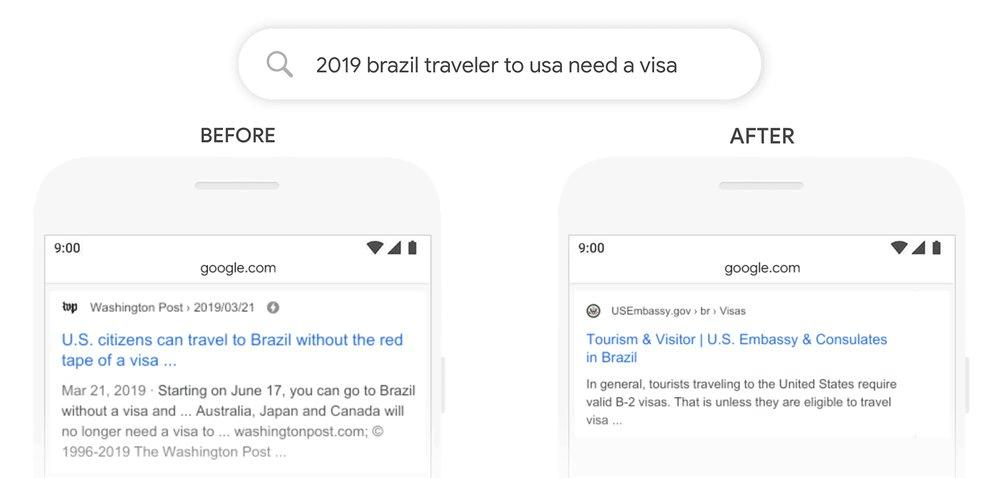
The query is Brazilians travelling to the US and the preposition ‘to’ be playing an essential role in determining the intent behind the search performed.
Before BERT, search understands ‘US citizens travelling to Brazil, when after we apply BERT, clears the intent which search recognises and return results based on ‘Brazilians travelling to the US needs a visa.’
In another example:

BERT can understand the word ‘adults’ is out of context in the search and providing refined results.
| “At its core, Search is about understanding language. It’s our job to figure out what you’re searching for and surface helpful information from the web, no matter how you spell or combine the words in your query” |
Pandu Nayak, Vice President (Google Search) further explains BERT
For SEO’s – How to optimise in 2020
While optimising for keywords, keep intact the intent and logic of your content, which is essential and how it helps your visitor plays a vital role.
Search is intelligent after BERT, make logical use of keywords when they appear naturally using conversational tone.
Follow the SEO Guide for exact digital marketing journey.
Over to you
Above are the top ten search ranking factors dominating 2020 SEO trends, although more than 200 other elements are available to signal search, Brian Dean summarises the list of all 200 search ranking factors.
Which activity you think is vital and how you are using, keep me posted with your comments.
